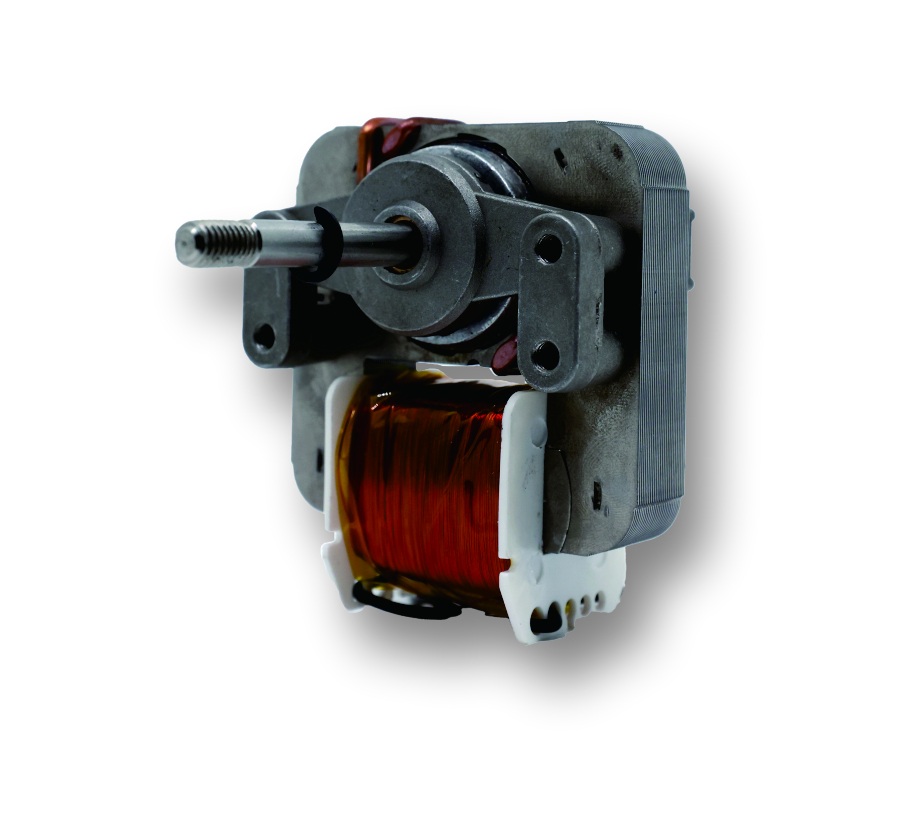Understanding the Role of a radiator motor
Importance in Vehicle Cooling Systems
The radiator motor is an integral component of a vehicle's cooling system. It powers the fan which cools the engine by circulating air through the radiator. Maintaining an optimal temperature is crucial for preventing overheating and ensuring efficient engine performance.
Common Types of Radiator Motors
Radiator motors come in various types, mostly categorized into electric and mechanical. Electric motors are prevalent in modern vehicles due to their efficiency. They are often found in vehicles manufactured for wholesale by various manufacturers and factories.
Safety Precautions Before Testing a Radiator Motor
Essential Safety Gear
Before commencing any testing procedure, ensure safety by wearing gloves and goggles. This prevents potential injuries from sharp components or thermal burns from hot engine parts.
Ensure the Engine is Off and Cool
Never begin testing a radiator motor on a running or recently operated engine. Allow the engine to cool down for at least 30 minutes to minimize the risk of burns or other injuries.
Gathering the Tools Needed for Testing
Essential Tools for Radiator Motor Testing
To perform a comprehensive assessment, gather a multimeter, a wrench set, and a flathead screwdriver. These tools are fundamental for safely accessing and evaluating the motor's components.
Optional Diagnostic Tools
Additional tools like an infrared thermometer can be helpful for assessing the motor temperature, and diagnostic software may aid in identifying any electronic issues if available from the manufacturer or factory.
Checking for External Physical Damage
Inspecting the Motor and Fan Blades
Begin by visually inspecting the motor and fan blades for any visible damage such as cracks, bent blades, or debris accumulation that could impede functionality.
Assessing Mounting Brackets and Wirings
Ensure that the motor's mounting brackets are secure and in good condition. Check the wiring for any signs of wear or corrosion that could affect the motor's operation.
Testing Electrical Connections and Power Supply
Verifying Power to the Motor
Use a multimeter to check the voltage at the motor's connection points. A typical radiator motor should receive around 12 volts when the engine is on. Inadequate voltage can indicate a power supply issue.
Inspecting the Relay and Fuse
Ensure the related relay and fuse are in working order. A blown fuse or faulty relay can result in a complete motor halt, preventing the radiator fan from functioning.
Assessing Motor Functionality with a Multimeter
Resistance and Continuity Tests
Set the multimeter to measure resistance, and test the motor's winding by connecting the probes to the motor terminals. A common reading should fall between 0.5 and 10 ohms. Continuity tests can also reveal breaks in the motor circuit.
Inspecting for Short Circuits
A short circuit within the motor can be detected using the multimeter by checking for continuity between the motor body and its terminals. A zero reading suggests a short circuit, indicating motor replacement might be necessary.
Direct Testing of the Radiator Motor
Using Direct Power to Test the Motor
If the motor fails to run under normal conditions, testing it directly by connecting it to a 12-volt power source can ascertain if the issue lies within the motor or the vehicle's electrical system.
Interpreting Test Results
If the motor operates correctly with direct power, the issue likely lies in the vehicle's wiring or control system. If not, the motor might be faulty, requiring review by a wholesale manufacturer for potential repair or replacement.
Identifying Common Radiator Motor Issues
Symptoms of a Failing Radiator Motor
Common symptoms include overheating, irregular fan operation, or unusual noises from the motor area. These issues often necessitate further detailed inspection by a professional or replacement.
Factory Solutions for Common Problems
Manufacturers often provide solutions for common faults, including detailed schematics or recommended replacement parts. Wholesale suppliers may also offer direct support for issues that frequently arise in specific motor models.
Steps for Replacing a Faulty Radiator Motor
Preparation for Replacement
Before replacing the motor, ensure you have a suitable replacement from recognized manufacturers, preferably purchased from a wholesale supplier to ensure authenticity and compatibility.
Detailed Replacement Procedure
Begin by disconnecting the battery, removing necessary components to access the motor, and carefully replacing it according to the factory's guidelines. Ensure all connections are secure before reassembly.
Tips for Maintaining Radiator Motor Health
Regular Inspection and Cleaning
Regularly inspect and clean the motor and fan blades to prevent debris accumulation. Routine checks can prevent malfunction, extending the motor's lifespan.
Compliance with Manufacturer's Maintenance Schedule
Adhering to the maintenance schedule provided by the manufacturer ensures consistent performance. Regular servicing by qualified professionals can detect and rectify potential issues early.
Hanlang Technology Provide Solutions
Hanlang Technology is dedicated to delivering comprehensive solutions for radiator motor issues. We offer diagnostic tools, motor replacements, and expert advice to ensure your vehicles maintain optimal performance. Our products, available through wholesale channels, ensure quality and reliability. Partnering with leading manufacturers and factories, we guarantee solutions that cater to the evolving needs of the automotive industry. Trust Hanlang Technology for your radiator motor maintenance and replacement solutions.




